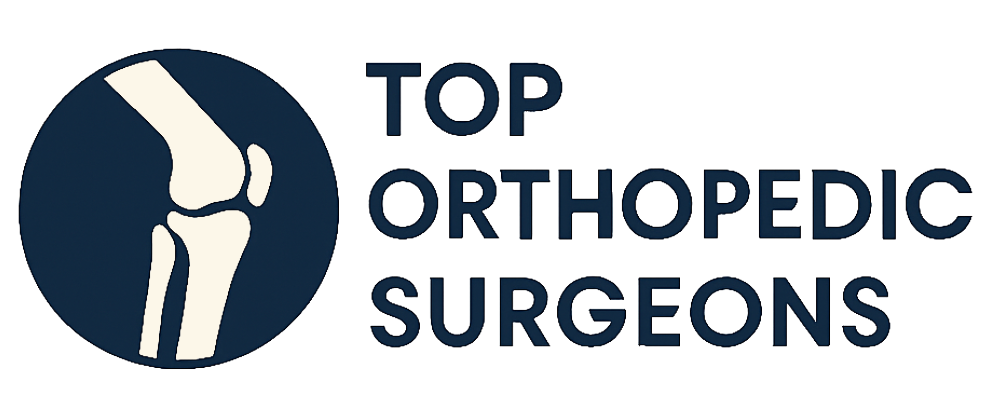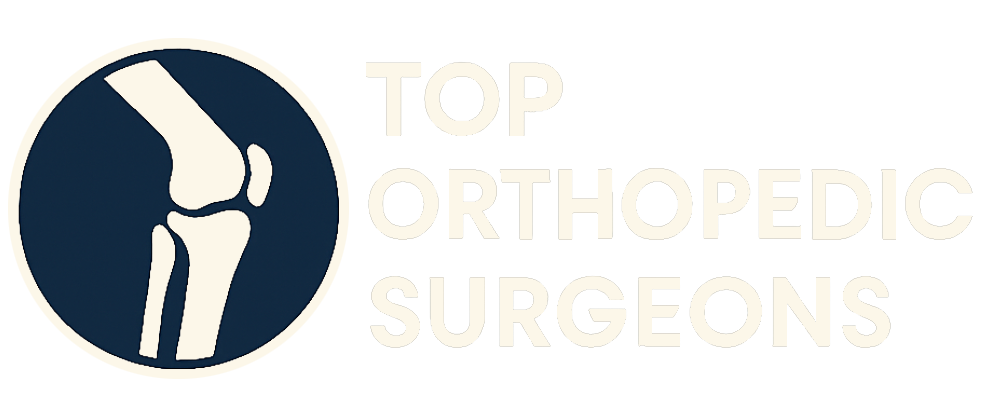Your feet are the foundation of your body, supporting you with every step you take. When foot problems arise, they can significantly impact your mobility, comfort, and overall quality of life. Understanding common foot conditions and knowing where to find expert care is essential for maintaining optimal foot health. This guide provides comprehensive information about various foot ailments, treatment options, and how to connect with qualified orthopedic specialists who can help you get back on your feet.
Understanding the Anatomy of the Foot
The foot is a complex structure composed of 26 bones, 33 joints, and over 100 muscles, tendons, and ligaments. These components work together to provide stability, flexibility, and shock absorption, enabling you to walk, run, and perform various activities. The foot can be divided into three main sections:
- Forefoot: Includes the toes (phalanges) and metatarsals (the long bones leading to the toes).
- Midfoot: Contains the arch of the foot and several bones that connect the forefoot and hindfoot.
- Hindfoot: Comprises the heel bone (calcaneus) and the talus, which connects the foot to the ankle.
Understanding the basic anatomy of the foot can help you better comprehend the causes and symptoms of various foot conditions.
Common Foot Conditions
Many different conditions can affect the feet, ranging from mild discomfort to severe pain and disability. Here are some of the most common foot problems:
Plantar Fasciitis
Plantar fasciitis is one of the most frequent causes of heel pain. It occurs when the plantar fascia, a thick band of tissue that runs along the bottom of your foot from your heel to your toes, becomes inflamed. This inflammation can cause sharp, stabbing pain in the heel, especially in the morning or after periods of rest.
Symptoms:
- Heel pain that is worse in the morning or after inactivity
- Pain that decreases with mild activity but worsens with prolonged standing or exercise
- Stiffness in the heel
Treatment Options:
- Rest and avoiding activities that aggravate the pain
- Stretching exercises, especially calf stretches and plantar fascia stretches
- Ice packs applied to the heel for 15-20 minutes several times a day
- Over-the-counter pain relievers, such as ibuprofen or naproxen
- Supportive shoes with good arch support
- Orthotics or arch supports to provide additional cushioning and support
- Physical therapy to strengthen the muscles in the foot and lower leg
- In some cases, corticosteroid injections may be recommended to reduce inflammation
Bunions
A bunion is a bony bump that forms at the base of the big toe. It occurs when the big toe pushes against the next toe, causing the joint at the base of the big toe to become misaligned. Bunions can cause pain, inflammation, and difficulty wearing certain types of shoes.
Symptoms:
- A visible bump on the side of the big toe
- Pain and stiffness in the big toe joint
- Redness and swelling around the big toe joint
- Difficulty wearing shoes, especially narrow or high-heeled shoes
Treatment Options:
- Wearing shoes with a wide toe box to avoid pressure on the bunion
- Using bunion pads or cushions to protect the bunion
- Orthotics to improve foot alignment and reduce pressure on the bunion
- Ice packs to reduce inflammation
- Over-the-counter pain relievers
- In severe cases, surgery may be necessary to realign the big toe joint
Hammertoe
Hammertoe is a deformity that affects the second, third, or fourth toes. It causes the toe to bend abnormally at the middle joint, resembling a hammer. Hammertoes can be caused by wearing tight shoes, muscle imbalances, or certain medical conditions.
Symptoms:
- A bent toe that points downward
- Pain and stiffness in the affected toe
- Corns or calluses on the top of the toe or on the ball of the foot
- Difficulty wearing shoes
Treatment Options:
- Wearing shoes with a wide toe box and avoiding high heels
- Using toe pads or cushions to protect the affected toe
- Stretching exercises to improve toe flexibility
- Orthotics to support the foot and improve alignment
- In severe cases, surgery may be necessary to straighten the toe
Morton’s Neuroma
Morton’s neuroma is a condition that affects the nerves in the foot, typically between the third and fourth toes. It involves the thickening of the tissue around a nerve, which can cause pain, tingling, and numbness in the toes.
Symptoms:
- Pain between the toes, often described as a burning or shooting sensation
- Numbness or tingling in the toes
- A feeling like there’s a pebble in your shoe
Treatment Options:
- Wearing shoes with a wide toe box and avoiding high heels
- Orthotics with a metatarsal pad to reduce pressure on the nerve
- Ice packs to reduce inflammation
- Corticosteroid injections to reduce inflammation and pain
- In some cases, surgery may be necessary to remove the thickened tissue around the nerve
Ankle Sprains
Ankle sprains are common injuries that occur when the ligaments supporting the ankle are stretched or torn. They often happen when the foot twists or rolls awkwardly.
Symptoms:
- Pain in the ankle
- Swelling and bruising around the ankle
- Difficulty bearing weight on the affected ankle
- Stiffness in the ankle
Treatment Options:
- Rest and avoiding activities that aggravate the pain
- Ice packs applied to the ankle for 15-20 minutes several times a day
- Compression with an elastic bandage to reduce swelling
- Elevation of the ankle above the heart
- Over-the-counter pain relievers
- Physical therapy to strengthen the muscles around the ankle and improve balance
- In severe cases, a brace or cast may be needed to immobilize the ankle
Flat Feet and High Arches
Flat feet (pes planus) occur when the arch of the foot collapses, causing the entire sole to come into contact with the ground. High arches (pes cavus) are the opposite, characterized by an excessively high arch that doesn’t flatten during weight-bearing.
Flat Feet Symptoms:
- Pain in the foot, ankle, or leg
- Stiffness in the foot
- Fatigue after standing or walking for long periods
High Arches Symptoms:
- Pain in the foot, ankle, or leg
- Difficulty finding shoes that fit properly
- Increased risk of ankle sprains
Treatment Options:
- Supportive shoes with good arch support
- Orthotics to provide additional cushioning and support
- Stretching exercises to improve foot flexibility
- Physical therapy to strengthen the muscles in the foot and lower leg
- In some cases, surgery may be necessary to correct the foot deformity
When to See an Orthopedic Specialist
While many foot problems can be managed with home remedies and over-the-counter treatments, it’s essential to seek professional medical advice if you experience any of the following:
- Severe pain that doesn’t improve with rest and home treatment
- Numbness or tingling in the foot
- Difficulty walking or bearing weight on your foot
- Signs of infection, such as redness, swelling, or pus
- A visible deformity of the foot
- Recurring foot problems that don’t respond to conservative treatment
Finding the Right Orthopedic Specialist
Choosing the right orthopedic specialist for your foot condition is crucial for receiving effective and personalized care. Here are some factors to consider when selecting a specialist:
- Board Certification: Ensure that the specialist is board-certified in orthopedic surgery or podiatric medicine. This indicates that they have met rigorous training and competency standards.
- Experience: Look for a specialist with extensive experience in treating your specific foot condition.
- Specialization: Some orthopedic specialists focus specifically on foot and ankle disorders. These specialists may have additional expertise in diagnosing and treating complex foot problems.
- Patient Reviews: Read online reviews and testimonials to get insights into other patients’ experiences with the specialist.
- Referrals: Ask your primary care physician or other healthcare professionals for referrals to trusted orthopedic specialists.
- Insurance Coverage: Verify that the specialist accepts your insurance plan.
- Communication Style: Choose a specialist who communicates clearly and effectively, listens to your concerns, and involves you in the decision-making process.
Preventive Foot Care Tips
Taking proactive steps to care for your feet can help prevent many common foot problems. Here are some tips for maintaining optimal foot health:
- Wear Properly Fitting Shoes: Choose shoes that provide adequate support, cushioning, and room for your toes. Avoid shoes that are too tight or have high heels.
- Practice Good Foot Hygiene: Wash your feet daily with soap and water, and dry them thoroughly, especially between the toes.
- Trim Your Toenails Properly: Trim your toenails straight across to prevent ingrown toenails.
- Wear Moisture-Wicking Socks: Choose socks made of breathable materials to keep your feet dry and prevent fungal infections.
- Stretch Regularly: Perform stretching exercises to improve foot flexibility and prevent stiffness.
- Inspect Your Feet Regularly: Check your feet for any signs of problems, such as blisters, cuts, or changes in skin color.
- Protect Your Feet: Wear appropriate footwear when walking on rough surfaces or participating in sports activities.
- Maintain a Healthy Weight: Excess weight can put additional stress on your feet, increasing the risk of foot problems.
The Importance of Seeking Timely Care
Ignoring foot pain or discomfort can lead to more serious problems in the long run. Early diagnosis and treatment can often prevent the progression of foot conditions and improve your chances of a full recovery. Don’t hesitate to seek professional medical advice if you have concerns about your foot health.
Your feet play a crucial role in your daily life, enabling you to move, work, and enjoy your favorite activities. By understanding common foot conditions, seeking timely care, and practicing preventive foot care, you can keep your feet healthy and active for years to come. Remember, connecting with the right orthopedic specialist can make all the difference in achieving optimal foot health and overall well-being. Empower yourself with knowledge, and take proactive steps to ensure your feet receive the attention and care they deserve.


